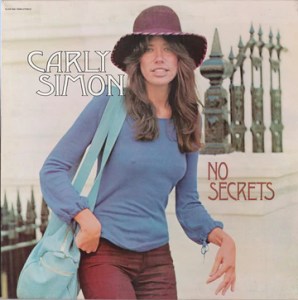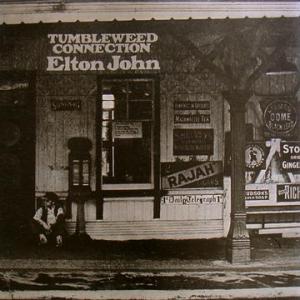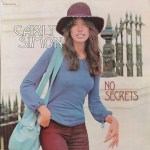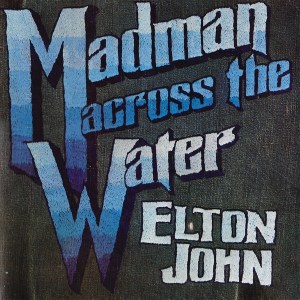More Carly Simon

- An early Elektra pressing of Carly Simon’s classic 1972 album with seriously good Double Plus (A++) sound from start to finish – fairly quiet vinyl
- Warm, sweet, rich, present and full-bodied, with much less strain on the vocals than a lot of the other copies we played
- “You’re So Vain” was the big hit off of this one, a classic Richard Perry production with huge size and space
- Five weeks at Number One and 4 1/2 stars on Allmusic, “. . . it wasn’t only Simon’s forthrightness that made the album work; it was also Richard Perry’s simple, elegant pop/rock production, which gave Simon’s music a buoyancy it previously lacked. “
- If you’re a Carly Simon fan, this title from 1972 is probably her best album, and for non-fans, a good place to start
- The complete list of titles from 1972 that we’ve reviewed to date can be found here.
No Secrets is a bit of a tough nut to crack. Due to the mixture of folky pop songs, big production numbers and potential AM radio hit singles, it has to be cut just right to get every track to sound the way the artists (Carly Simon and studio cats), producer (Richard Perry) and engineers (Robin Geoffrey Cable and Bill Schnee) intended.
Balance is key to getting all the tracks to sound their best. Many copies we played were too dull or too bright, but the tonality here is Right On The Money. The clarity and detail are superb; just listen to Embrace Me, You Child on side two — you can really hear the rosiny texture of the strings as they are bowed.
The best copies such as this one are always transparent, natural and musical. The top end is wonderfully extended, balancing a BIG bottom end with lots of deep, well-defined bass. The drums are punchy and dynamic and the cymbals can sound amazing — just listen to how extended the crashes are on You’re So Vain on side one.
One more note: having your VTA set just right is critical to getting the best out of this album. The loudest vocal parts can easily strain otherwise. Once you get your settings dialed in correctly, a copy like this will have the kind of rich, sweet sound that is obviously the right one for this music.
We’re big fans of Another Passenger, the album she cut in 1976 with Ted Templeman producing. If you like Carly, you should definitely check that one out. (more…)

 More of the Music of Elton John
More of the Music of Elton John When the strings give in to a lovely Spanish guitar in the left channel (which sounds like a harp!) just before Elton starts singing, the effect is positively glorious. It’s the nexus where amazing Tubey Magical sound meets the best in popular music suffused with brilliant orchestral instrumentation. Who did it better than The Beatles and Elton John? They stand alone.
When the strings give in to a lovely Spanish guitar in the left channel (which sounds like a harp!) just before Elton starts singing, the effect is positively glorious. It’s the nexus where amazing Tubey Magical sound meets the best in popular music suffused with brilliant orchestral instrumentation. Who did it better than The Beatles and Elton John? They stand alone.






